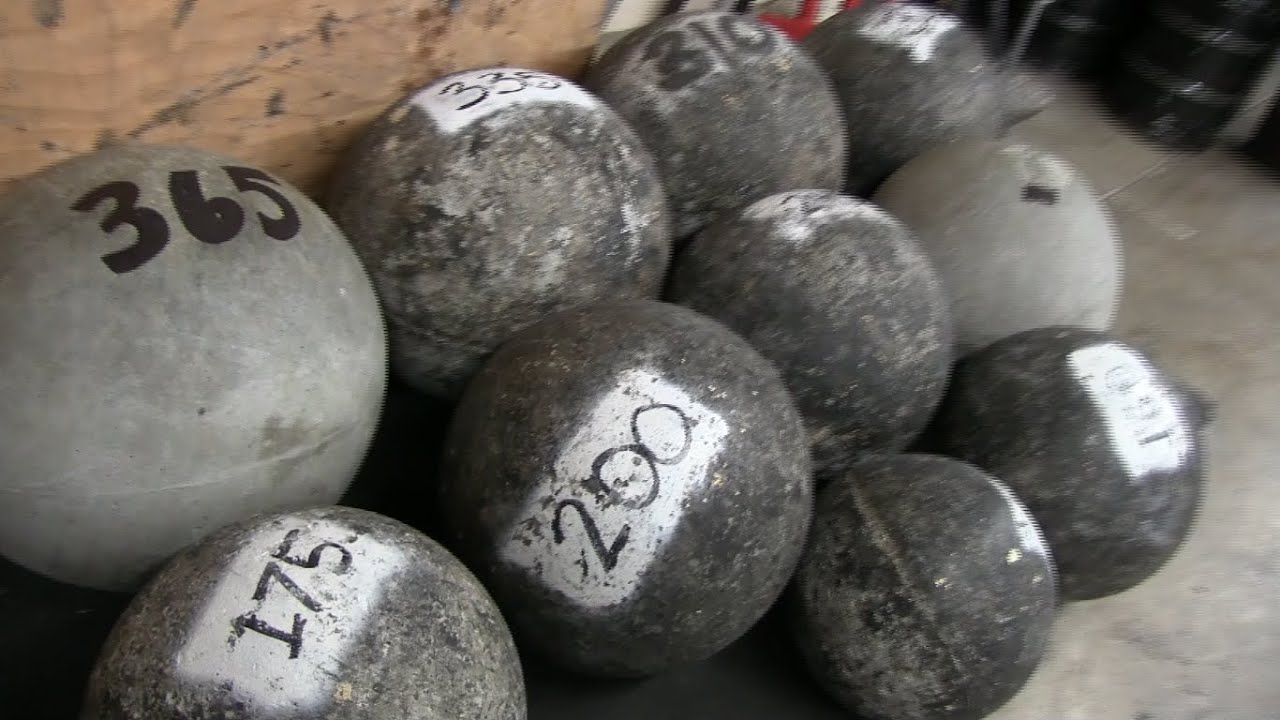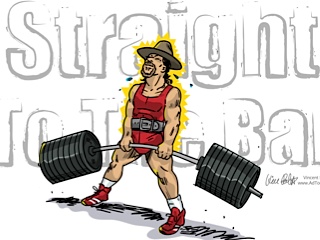
“There is no point in being alive if you can’t do deadlift.”
Most people who are at least somewhat familiar with strength training and physical culture know that the deadlift is one of the three lifts tested at modern-day powerlifting meets and also, as far back as the beginning of recorded history, we know that men lifted heavy objects from the ground as a test of strength or manhood. The strongman deadlift is like those tests of strength from days long gone because of the many different varieties of the lift and the awkward nature of some of those varieties.
How and What Does a Strongman Pull?
There are three main types of strongman implements that are used for the deadlift at strongman contests:
- axle (usually a 2″ thickbar),
- olympic barbell, or
- two side handles, such as a vehicle deadlift and/or farmer’s deadlift (picture a farmer’s walk without the walk).
Although lifting and loading atlas stones and other awkward objects is an event unto itself and will not be covered in this article, the “lapping” of the stone is still considered to have similarities to the deadlift because it’s like a stiff-leg deadlift.
There are also varying heights from which competitors pull the bar(s) : besides the normal start position of the deadlift, a standard height of 18″ (at or near the knees) is usually used for partial deadlifts with an olympic barbell. When there is a deadlift event with side handles (e.g. car deadlift) instead of a bar, the range of motion decreases, like an 18″ deadlift.
Lastly, the three types of deadlift events in strongman are a
- maximum effort lift (one repetition),
- maximum repetitions in 60 seconds (or a similar amount of time), and
- the deadlift medley – a series of different implements and/or objects which must be lifted within a given time.
Rules
According to the rules of practically all powerlifting federations, nothing can cover the hands (including gloves and straps) except for chalk, and the lifter must finish the lift by standing straight – no bend in the knees with shoulders back – without hitching (jerking the barbell up and down) or ramping (bending the knees again and leaning back) to finish the lift.
In strongman, the lifter must finish the lift, like in powerlifting. However, straps are allowed in most shows and the lifter can hitch and/or ramp to complete the lift, if necessary. Like they say, it does not need to be done pretty; it just needs to be done.
Straps
The main rationale behind the use of straps in strongman is due to the fact that other events during the competition, such as the farmer’s walk, rely heavily on grip strength, and these events fatigue the grip as much or sometimes more than the deadlift itself.
I personally don’t use straps unless I’m training for a strongman contest that allows straps to be used in a maximum reps for time event (e.g. max. reps in 60 seconds) in which you can usually use a touch-and-go method. In other words, the bar is literally bounced once it touches the floor. However, if I’m attempting a new 1RM (one rep max) in the deadlift or doing sub-maximal sets of doubles, triples, or fives, I will not use straps.
Get Out There And Pull
After reading all of the above text and you’re not intimidated too much, get out there and pull. Even without the strongman implements (axle, farmer’s walk bars, stones, etc.), you can still do plenty of good training with just an olympic bar and plates. Don’t wait until you have access to the equipment specific to strongman – just lift.











0 Comments